






| Agalenatea redii (Scopoli, 1763) |







|
|
Scientific name: Agalenatea redii (Scopoli, 1763) Common name: French name: Épeire de velours Order: Araneae Family: Araneidae Size: Females: 7 to 8 mm; Males: 4 to 5 mm. Biotope: Open and sunny habitats. Dry meadows, waste lands, dunes, warm steppes. Web: Orb web, always vertically oriented and located at a low height, often between two high dead herbaceous stems. The web shape is often not centred and it shows about thirty radii. The spider sits in the centre of its web when the sun shines and dismantles it when it rains. Observation period: April to late June. Geographic area: Europe and central Asia. |
Agalenatea redii is the only orb-web spider to have an abdomen as wide as long, and sometimes wider than long. The abdomen and especially the cephalothorax are covered with beige, brownish yellow or brown hairs. The markings on the abdomen are very variable. However there is always a white V-shaped mark at the front. The shortest radius of the web leads to a small cocoon used as a hide. Unlike many other species, females are not aggressive towards males. |
| [To know more about the Agalenatea redii] [Next picture] [Top] |
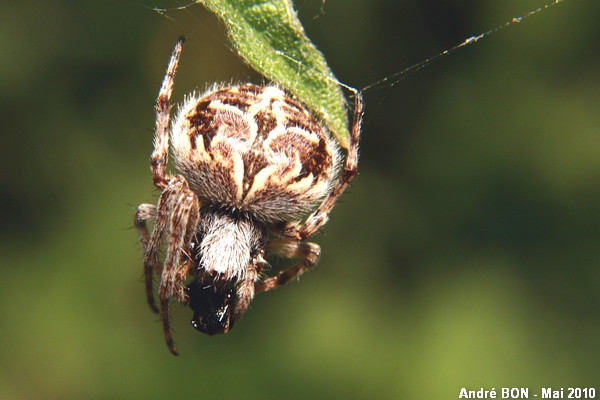
|
This Agalenatea redii, having captured a prey, has been very easy to approach. |
| [To know more about the Agalenatea redii] [Next picture] [Previous picture] [Top] |
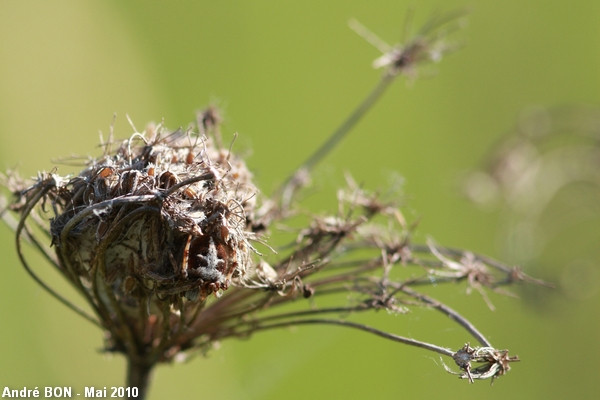
|
My attention has been attracted by an orb-web located between two dry stems. I have found an Agalenatea redii hidden on one dead flower-head. |
| [To know more about the Agalenatea redii] [Next picture] [Previous picture] [Top] |
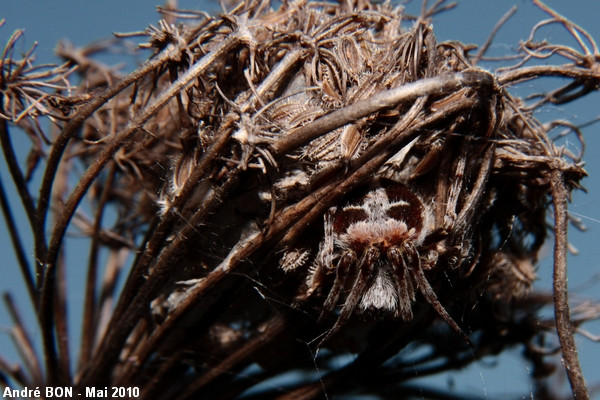
|
Some Agalenatea redii, fans of Star Wars, show the silhouette of Master Jedi Yoda on their fur jacket. May be the Force with them. |
| [To know more about the Agalenatea redii] [Next picture] [Previous picture] [Top] |
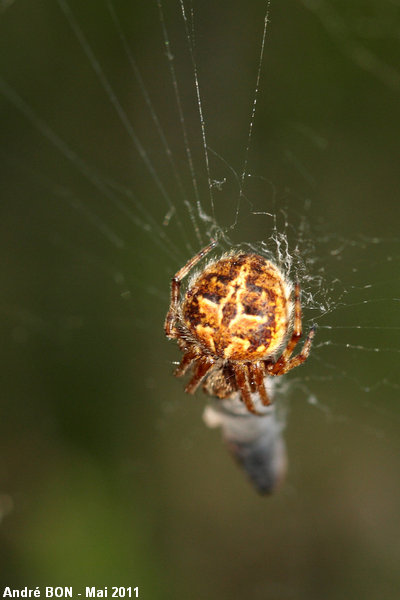
|
Here is the brownish yellow form of Agalenatea redii. |
| [To know more about the Agalenatea redii] [Next picture] [Previous picture] [Top] |

|
You can clearly see here the typical shape of the abdomen, being wider than long. |
| [To know more about the Agalenatea redii] [Next picture] [Previous picture] [Top] |

|
The damaged web of this spider shows that it has been really used. |
| [To know more about the Agalenatea redii] [Previous picture] [Top] |
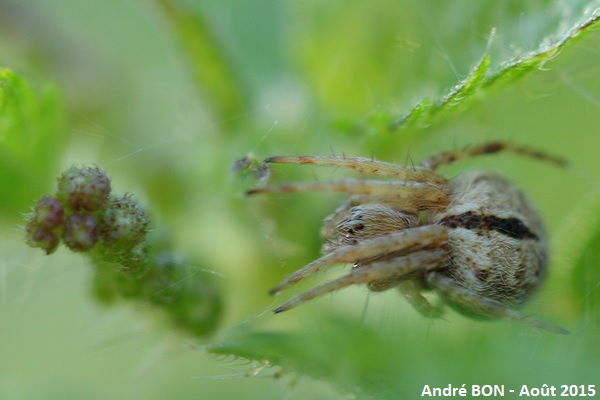
|
I am rather satisfied with the settings of the camera here. The short depth of field provides a rather blurred background in the photo and so I think that the spider is well highlighted. |